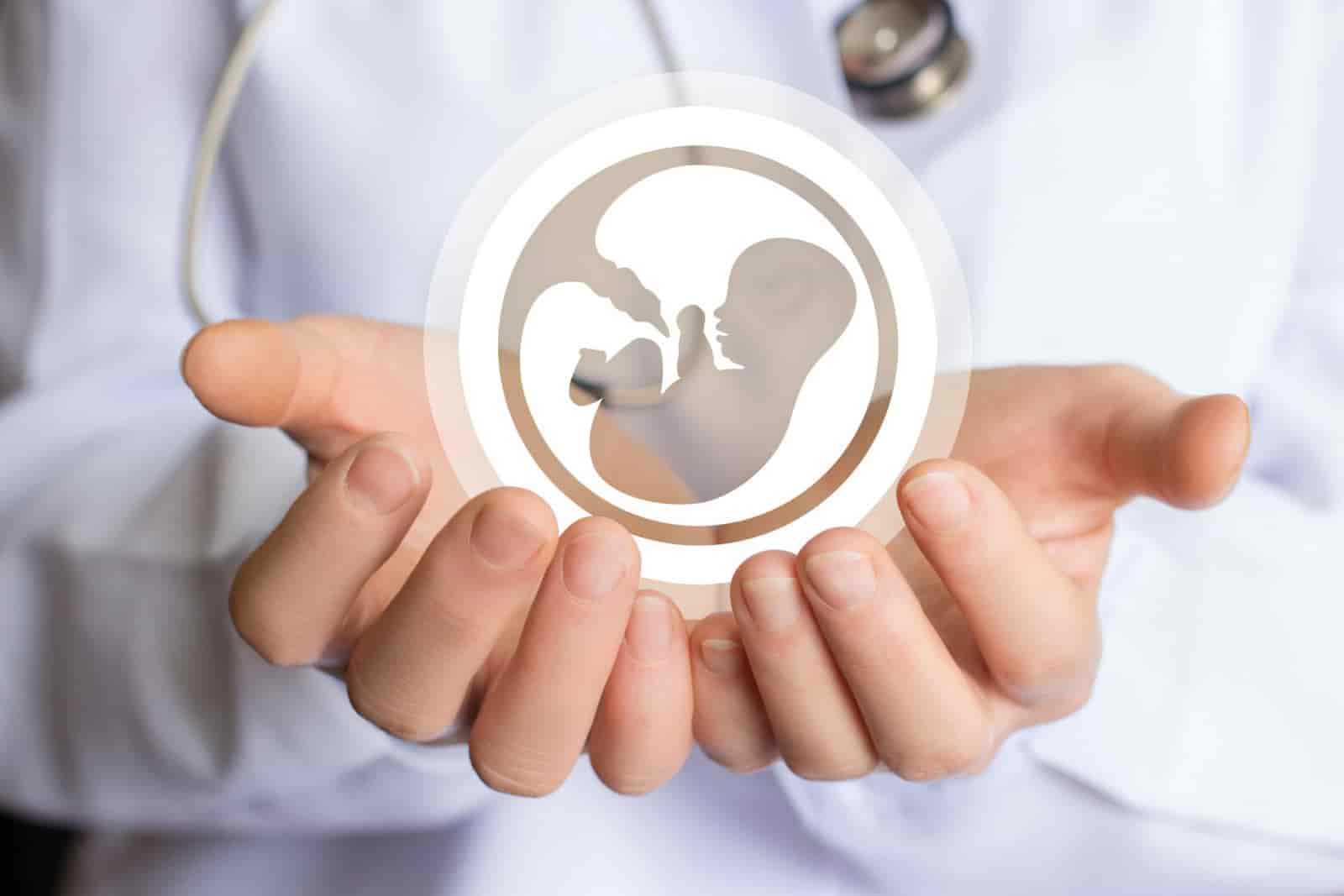Reproductive technologies for overcoming infertility are constantly being improved, becoming more and more effective, making it possible to achieve pregnancy even in very difficult situations for both partners. For each client, the clinic selects its own methodology, depending on the results of the examination, reproductive history and wishes. For example, the choice of sex, phenotype (when donating oocytes) and others. The main methods for overcoming infertility include: IUI, IVF, ICSI, PICSI, IMSI.
IUI is the transfer of active sperm from a partner or donor into the uterus. The method is used with satisfactory sperm quality, but reduced motility or low sperm count; impotence; absence of ejaculation, in the impossibility of intercourse (vaginismus) or in the presence of antisperm antibodies in the woman’s cervical mucus.
The method can be used in a natural or stimulated cycle. With hormonal stimulation, the chances of getting pregnant are higher, but the likelihood of multiple pregnancies also increases.
IVF – creation of an embryo from biomaterials of future parents and / or a donor.
A large number of oocytes are obtained from the future mother (or egg donor) after a course of hormones. The future father donates sperm (or donor biomaterial is used). Specialists select active spermatozoa and place them together with the selected eggs into a Petri dish, where fertilization takes place and embryos appear.
If necessary, preimplantation genetic diagnosis (PGD) is performed and the best quality embryos without chromosomal abnormalities are selected. The best 1-2 embryos are transferred into the uterine cavity of the future mother or surrogate mother. The remaining embryos of good quality are cryopreserved.
With ICSI, fertilization does not occur spontaneously in a Petri dish. To create embryos, the most active and morphologically healthy spermatozoa are selected under a microscope, and then they are inserted inside the egg.
PICSI differs from the previous method in its approach to sperm cells collection: they are placed in a flat dish with hyaluronic acid (the oocyte membrane consists of this substance). Those that have attached to the bottom are considered the most suitable for creating a healthy embryo.
IMSI differs from ICSI only by the use of a more powerful microscope, which makes it possible to more accurately discern spermatozoa. The method is used if ICSI did not lead to pregnancy.
In a simplified form, assisted reproductive technologies include the following stages: So, reproductive actions include:
- Hormonal stimulation;
- Obtaining and selection of oocytes;
- Collection and selection of spermatozoa;
- Creation of embryos;
- Selection of high-quality embryos by PGD method, sex determination;
- Transfer of the selected embryo into the uterine cavity;
- Cryopreservation of the remaining embryos.
The future mother and / or surrogate mother herself can participate in the protocol. An invitation to the role of a surrogate mother of a relative or a friend of the family is allowed.
